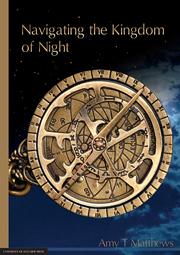Fantastic Narrative Strategies
Published online by Cambridge University Press: 05 April 2014
Summary
Amy the optimist meets magical possibilities
I can be a bit thick at times. As I sorted through books, deciding what to write on for my exegesis, I realised exactly how thick I was being. I was making lists of what I'd read, sorting titles into groups, when it struck me that my problem was Realism. Somehow I'd bogged myself down in Realism. It was because of my slavish need for historical veracity, I suppose, but somehow I'd forgotten that fiction isn't reality. As I stared at the list I saw stories that employed the forms of fable, folk tale and fairytale; I saw flickers of magic realism; I saw hauntings; I saw Death embodied as a character. A vista of possibilities opened up to me.
What happened when you ventured away from Realism, I wondered? How did it affect the historical veracity? Was it an ethical strategy, a way to represent the Holocaust without eclipsing history? Or was it problematic? If so, what were the problems?
I felt a little fizz of excitement as I hunted through my bookshelf. Over the next couple of years I read and considered many books that employed fantastic narrative strategies, but I chose to write on three: Yaffa Eliach's Hasidic Tales of the Holocaust, Jonathan Safran Foer's Everything is Illuminated, and John Boyne's The Boy in the Striped Pyjamas.
- Type
- Chapter
- Information
- Navigating the Kingdom of Night , pp. 61 - 84Publisher: The University of Adelaide PressPrint publication year: 2013



